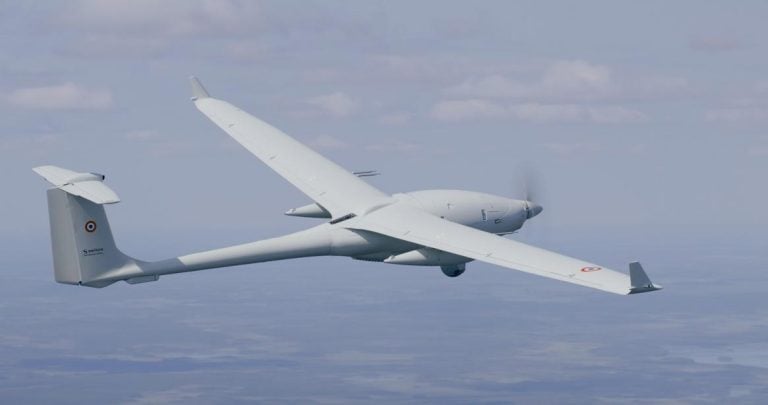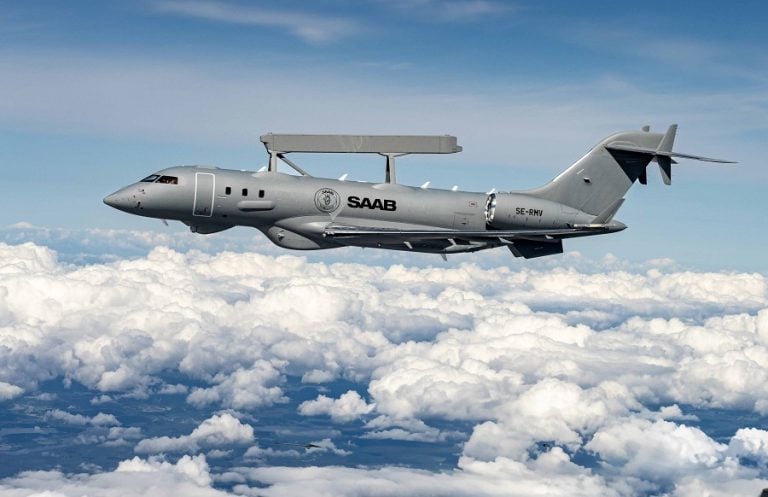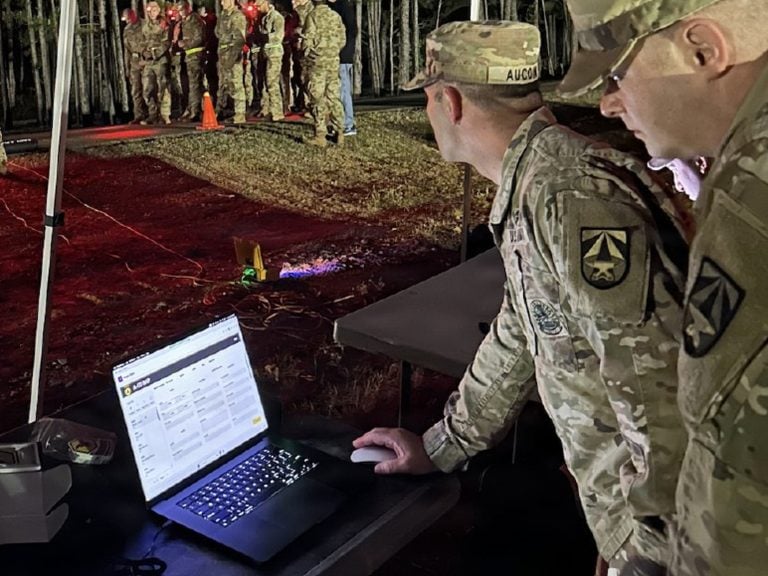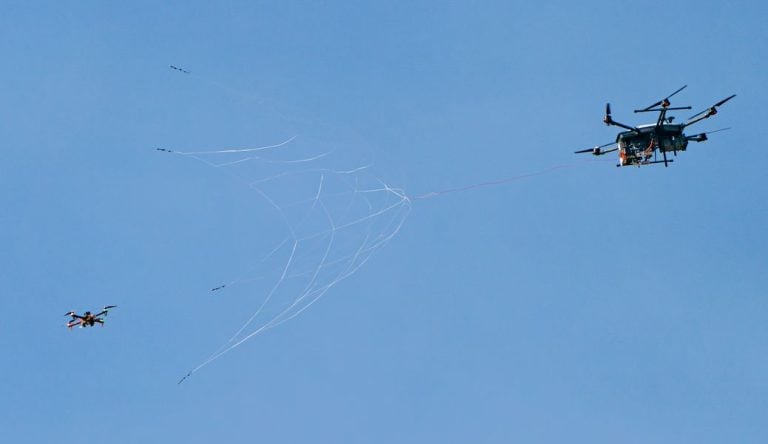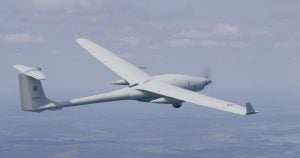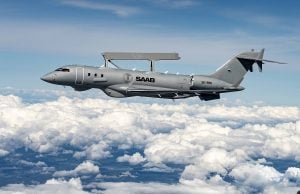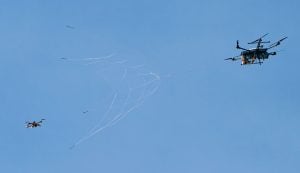The U.S. military is set to enhance its presence in the Okinawa region of Japan by deploying long-range surveillance drones, specifically the MQ-4C Triton, as confirmed by Japan’s defense minister, Gen Nakatani. This strategic move aims to bolster the intelligence and reconnaissance capabilities of the U.S.-Japan defense alliance amidst escalating tensions in the region, particularly surrounding self-ruled Taiwan.
Gen Nakatani emphasized the growing severity of the security environment in the region, citing increased military pressure from Beijing on Taiwan. He stated that several MQ-4C Tritons will arrive at the Kadena Air Base, which is located on Okinawa’s main island, within the upcoming weeks. This deployment is intended to enhance intelligence gathering, surveillance, and reconnaissance operations around Japan, reflecting a proactive approach to regional defense amidst rising geopolitical tensions.
With approximately 54,000 U.S. military personnel currently stationed throughout Japan, predominantly in Okinawa, this increase in drone surveillance signifies a significant commitment to monitoring the surrounding waters, especially given the reported uptick in encounters with drones believed to be of Chinese origin. According to local media reports, Japan’s military has scrambled jets 30 times over the past year to intercept these unidentified drones, a notable increase compared to previous years. In contrast, during the 2023 fiscal year, such interceptions occurred only nine times, and there were four incidents in the 2021 fiscal year.
The MQ-4C Triton, manufactured by Northrop Grumman, is described as a high-altitude, long-endurance aircraft. It boasts operational capabilities that extend beyond 24 hours, with a range of 7,400 nautical miles (approximately 13,700 kilometers). This advanced drone technology will greatly enhance situational awareness and strategic responses in a region characterized by rising military activity.
In parallel, the Japanese military is also exploring the acquisition of smaller attack drones, as part of a broader strategy to modernize and strengthen its national defense framework. This decision is in response to ongoing pressures and calls for increased military readiness, particularly from allies in the Asia-Pacific region, amidst concerns over China’s military expansion and North Korea’s nuclear ambitions.
Reflecting on the broader implications, U.S. President Donald Trump has advocated for increased military spending among NATO member states, focusing on the necessity for Asia-Pacific allies to enhance their defense capabilities. Mark Rutte, NATO chief, echoed these sentiments during his visit to Japan, noting the extraordinary build-up of China’s armed forces and its growing investments in defense capabilities. Rutte underscored the need for vigilance in the face of China’s expanding military presence, urging an acknowledgment of the changing security dynamics in the region.



